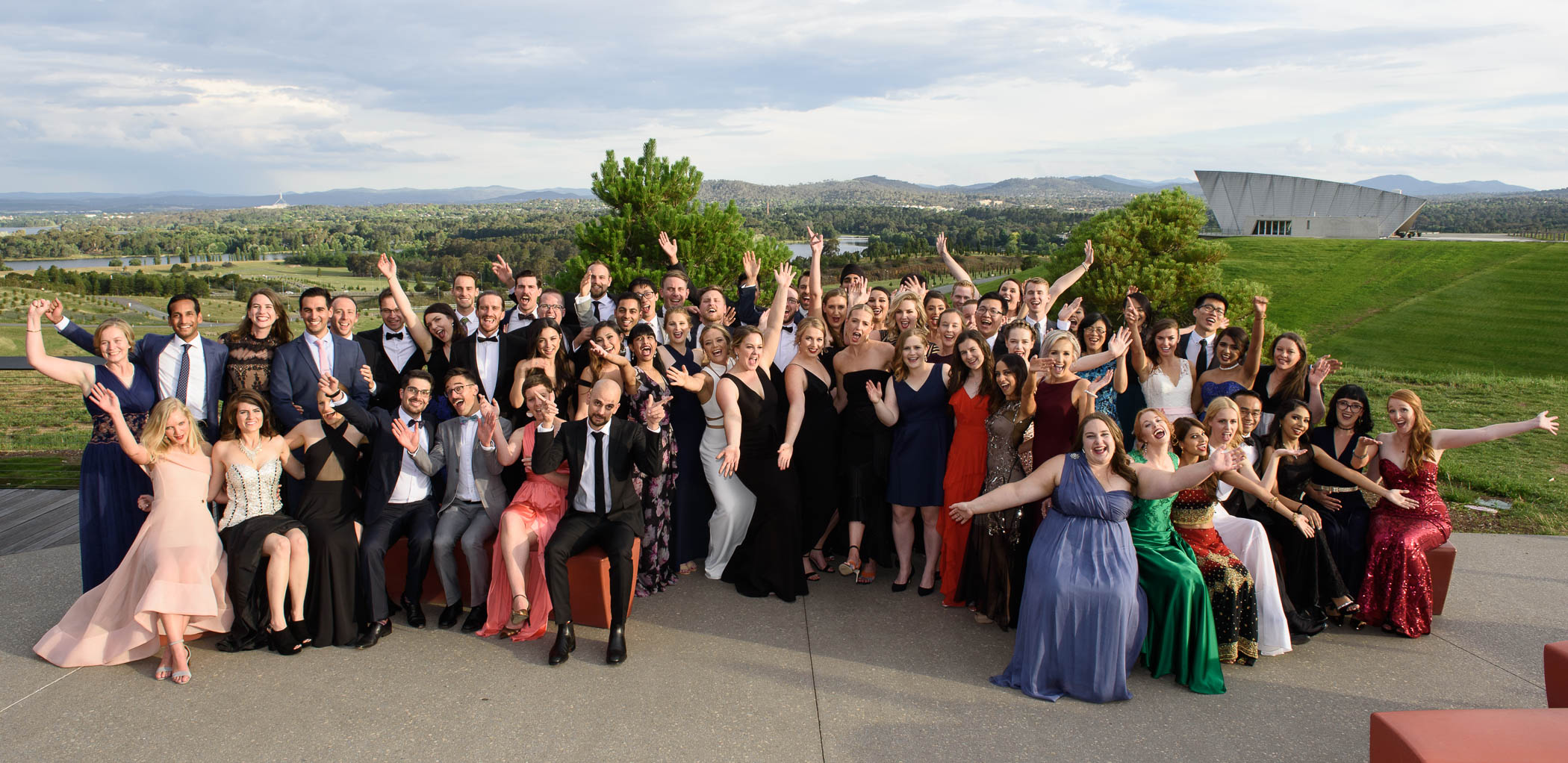The ANU Science Year In Review
Here are 12 Christmas gifts from our scientists: The highlights from ANU Science, Environment, Health and Medicine in 2017. See you next year!
1. Self-driving cars

Start the car! In May, a research partnership was formed with the ACT Government, with researchers from the ANU Research School of Psychology helping improve the safety of self-driving cars. They’re working to identify under what circumstances a human should be able to regain control of a self-driving car.
2. Take a break, dads

In a study published in May by the ANU Research School of Population Health, one third of Aussie kids said their fathers work too much. “Kids really value the work that their parents do, whether it's at home, in the office or elsewhere, but they also have views about how long is too long to work,” said Professor Strazdins.
3. Science for everyone

The gift of science has been given to students with an intellectual disability, in a series of classes led by PhD student Vanessa De Kauwe.
“We had students who were able to undertake independent travel for the first time because now they could understand tables, like you’d find in a table of results, but also in a bus timetable,” she said.
“There were students who were able to get jobs because the science program taught them about understanding processes and improving processes. There is no disability which takes you beyond the capability of doing science.”
4. Putting cancer on trial

This year, Dr Aude Fahrer from the ANU Research School of Biology launched the first investigator-led Phase 1 oncology trial at the Canberra Hospital, which involves activating the immune cells responsible for attacking cancer: T cells.
This treatment is likely to have very low side effects, and could be effective against a wide range of solid cancers – however, patients must have reasonable immune function in order for the treatment to be activated.
*/ /*-->*/
5. A window that can turn into a mirror, on-demand
In July, scientists from the ANU Research School of Physics and Engineering designed a new nanomaterial that can turn a window into a mirror on-demand; reflect or transmit light on demand with temperature control, or control the amount of light passing through your house windows in different seasons.
6. Written in the stars

Online volunteers helped astronomers from the ANU Research School of Astronomy and Astrophysics find a star that exploded 970 million years ago, predating the dinosaurs’ time on Earth. Among the amateur co-discoverers were Alan Craggs from Aberdeenshire in Scotland and Elisabeth Baeten from Belgium.
“We are recognising volunteers by listing the first three people to find a previously unknown supernova in the discovery when we report it to the International Astronomical Union,” said Dr Möller from RSAA
7. Rock-star cockatoos
It’s the video you never knew you needed: drumming palm cockatoos. It’s all part of the species’ courtship ritual that involves drumming, and a lot of calls and movements to attract a mate, says Professor Rob Heisenholm from the Fenner School of Environment & Society at ANU. Aside from humans, palm cockatoos are the only species in the world that use rhythm to attract a mate.
8. Our ancient ancestors

In August, ANU PhD scholar Yuzhi Hu from the ANU Research School of Earth Sciences studied a 400 million year old fish fossil, and found that its jaw structure is part of the evolutionary lineage linked to humans!
9. Eighty-eight new doctors

Eighty-eight bright-eyed and bushy-tailed doctors graduated from the ANU Medical School in 2017, and will be joining the ranks of the medical profession in 2018.
10. An answer to exploding stars
A team of researchers from the Mathematical Sciences Institute they found that a small star hurtling through our Galaxy is likely to be a piece of shrapnel from a huge explosion that happened millions of years ago.
Exploding stars are used to measure the accelerating expansion of the Universe. ANU Professor Lilia Ferrario said the explosion was a supernova event in a binary system where a super-dense white dwarf, a dead star that has run out of nuclear fuel, sucked mass away from its giant star companion.
11. Research breakthrough for malaria vaccine

Malaria is a disease spread by mosquitoes that kills around 500,000 people every year, mainly in tropical countries in sub-Saharan Africa and the South Pacific.
In March, scientists from the John Curtin School for Medical Research made a discovery that could aid malaria vaccine research. They tracked immune cells and discovered a key molecule that helps them to find and kill microbes that infect the liver such as malaria.
12. Age-defying milk
In April, co-lead researcher Professor John Carver from the ANU Research School of Chemistry said that two unrelated proteins aggregate in UHT milk over a period of months to form clusters called amyloid fibrils, which cause the milk to transform from a liquid into a gel. He said the same type of protein clusters are found in plaque deposits in cases of Alzheimer’s and Parkinson’s.
It could help develop improved treatments for age-related diseases including Alzheimer’s, Parkinson’s and type 2 diabetes.

